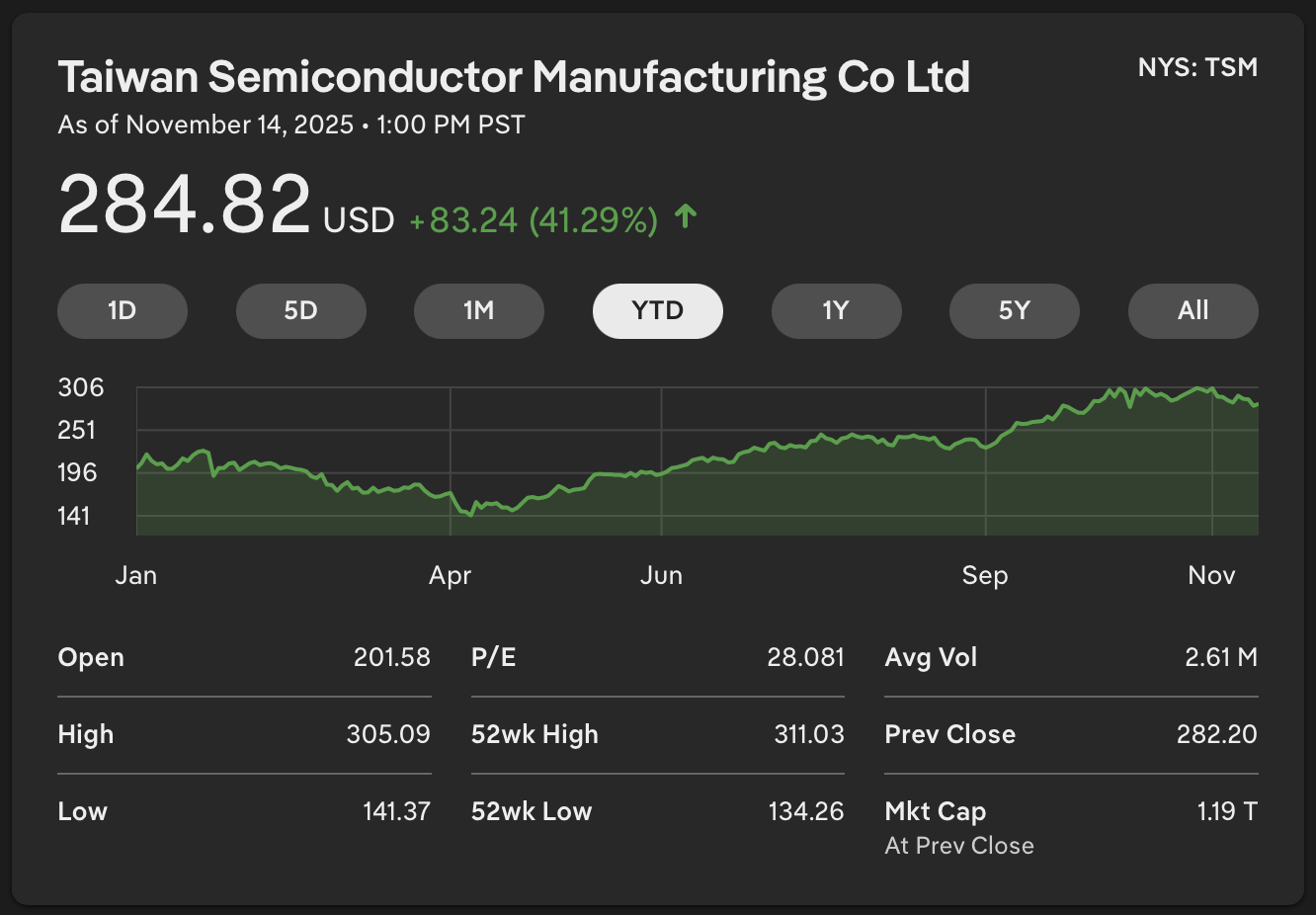ya-who?
Lessons from the locker room

In a similar locker room, but not nearly as nice, years ago I recall the general tone of a conversation which seems appropriate today. The TV was silently tuned to some bobblehead investment news channel. The locker room discussion was about stocks. Sound familiar? They were talking about Yahoo! and how they were getting in. If I recall, their share price was approximately USD$200. You likely know how that played out. Recently, Investor’s Business Daily reported that just 8 stocks are responsible for 50% of this year’s USD$11.8T run-up. Eight. I don’t have access to posh locker rooms anymore, so spend more time in public cafes in the flyover areas of the country.
When you sit around and hear people you have no idea what a LLM is, or stochastic gradient descent means discussing how you’ve gotta get into Nvidia now. We are all in for a tumble. Most of those very same people couldn’t tell you what NVIDA’s real secret sauce is either. *hint* It isn’t a GPU. Their real competitive advantage, besides brand recognition (which clearly IS important) especially when you are trying to attract the punters to your table over the one next to you - is CUDA. CUDA is the software that seamlessly enables software developers to write applications, build LLM frameworks, and access all the raw connectivity and computation contained in those GPUs. This is why you hear about NVIDIA more than AMD’s very capable GPUs, or the emergent entrant in the space Intel. What they do not have is CUDA.
NVIDIA does not own production capacity for these GPUs either. For that they, like so many more, rely on TSMC - Taiwan Semi-conductor Manufacturing Company.
Now ask yourself… What would make a VERY stable company, one that has to invest billions of billions of dollars and 5-7 years worth of delivery effort to produce even one more manufacturing facility. What could they do in a single day that would increase their market capitalization over USD$500billion? Further, in a world where software eats hardware. Where is the most likely disruption ?


